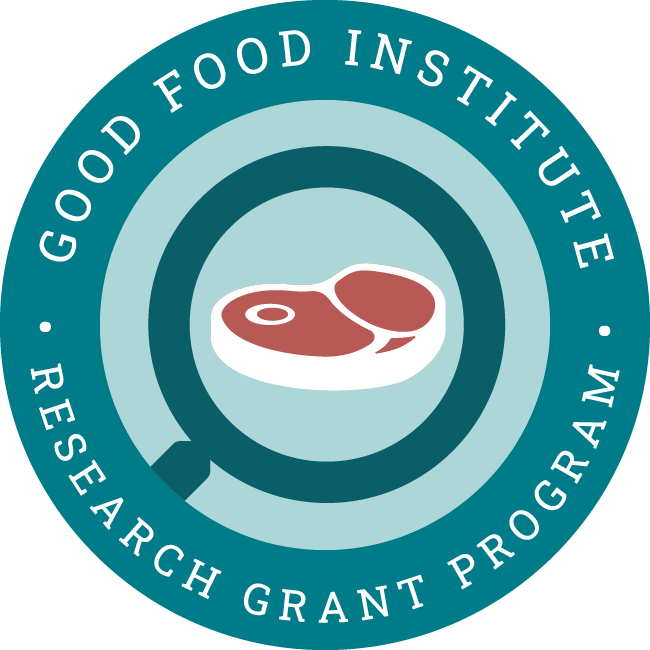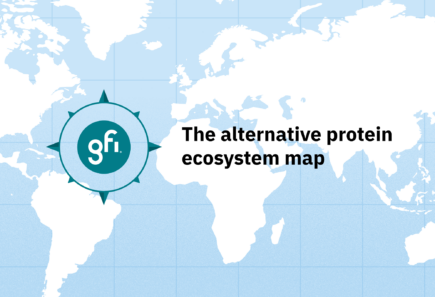
Alternative protein research grants
Powered by donations from a small number of generous donors, our Research Grant Program funds open-access alternative protein research. Read on to learn about funding opportunities and activities through our grant program and beyond.

Catalytic research, powered by donors
Protecting our environment, feeding the world, and revitalizing economies require a healthy, sustainable, and just food system. A strong open-access research environment and talent pipeline are essential to fostering good food innovation.
As a nonprofit, GFI is uniquely positioned to empower high-quality research that will build the scientific foundation of the alternative protein industries. Our philanthropy-driven research program answers fundamental questions that can spin off entire industries, inspiring additional research and creating new opportunities to feed the world.
All of GFI’s work is made possible thanks to generous donors. Philanthropic support is vital to our mission. To discuss how you can be part of this transformative work with your gift or grant, please contact philanthropy@gfi.org.
GFI’s Research Grant Program

Our program is dedicated to achieving three primary objectives: addressing technical bottlenecks, catalyzing further funding, and fostering collaborations to attract new talent to the field. To meet these goals, we annually release requests for proposals (RFPs) inviting open-access research focused on enhancing organoleptic properties, reducing costs, and scaling up alternative proteins.
In general, we are seeking to fund innovative projects that will specifically advance the science and technology of the plant-based, fermentation-derived, and cultivated meat industries. “Meat” includes seafood such as fish and shellfish. Each RFP identifies priorities for research and can be submitted from any sector (academia, government, industry, nonprofits, etc.).
To date, we have funded research in over twenty different countries across five continents, and we will continue to focus on providing funding for the best research from around the world.
Check back later this year for updates on our research grant program and its funding opportunities.
Stay in the loop

GFIdeas community
Become a part of the online ecosystem for alt protein pioneers! Connect with 2,000+ entrepreneurs, scientists, investors, and subject matter experts from 45+ countries. Gain access to our Slack community, monthly newsletter, seminar offerings, and a networking directory where collaborations thrive.

Alt Protein Research Directory
Join this vibrant research community and explore the global landscape of researchers working to advance the science of plant-based meat, cultivated meat, and fermentation. Use the researcher directory to connect with like-minded peers, discover researchers seeking to apply their expertise, and explore new avenues of collaboration with students, laboratories, and companies.

The Grazer
The Grazer is a bi-monthly roundup of the latest alternative protein research, funding opportunities, resources, and events curated for our scientific research community. This is your go-to source for curated updates in alternative protein science and technology.

Research Grant Program projects
Explore the Research Grant Program awarded project portfolio to meet the scientists and researchers breaking boundaries in alt protein research.

Resource
Research funding database
GFI’s research funding database provides curated grant opportunities for open-access alternative protein research.





